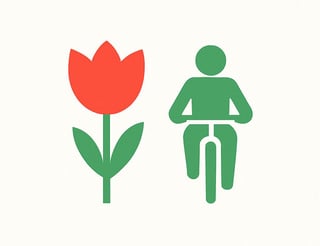
Tulip
Cycle
Wands
safer cycling, more beautiful streets
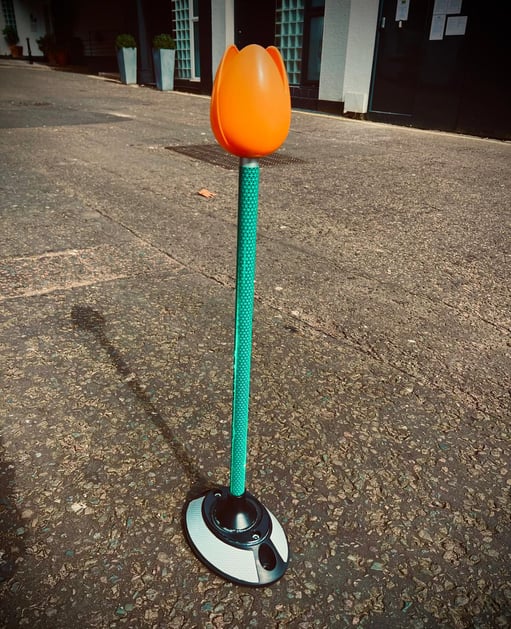

What are they?
Tulip Cycle Wands are soon to appear on the streets of London. Tulip shaped, they have been designed to improve safety and to enhance the streets for everyone: pedestrians, drivers and cyclists alike. To be installed along cycle lanes, they help to separate traffic from cyclists.
But they’re not just practical, they will also add a touch of joy and beauty to the city. Our streets should be safe, welcoming and feel like you’re cycling through a field of tulips, not dodging lorries on cracked tarmac.
The idea came from Luke Tozer and the team at Pitman Tozer Architects. Inspired by the poppies at the Tower of London and the sunflower fields seen in the Tour de France, the Tulips were designed as a flexible, attractive and recycled alternative to standard cycle lane bollards.

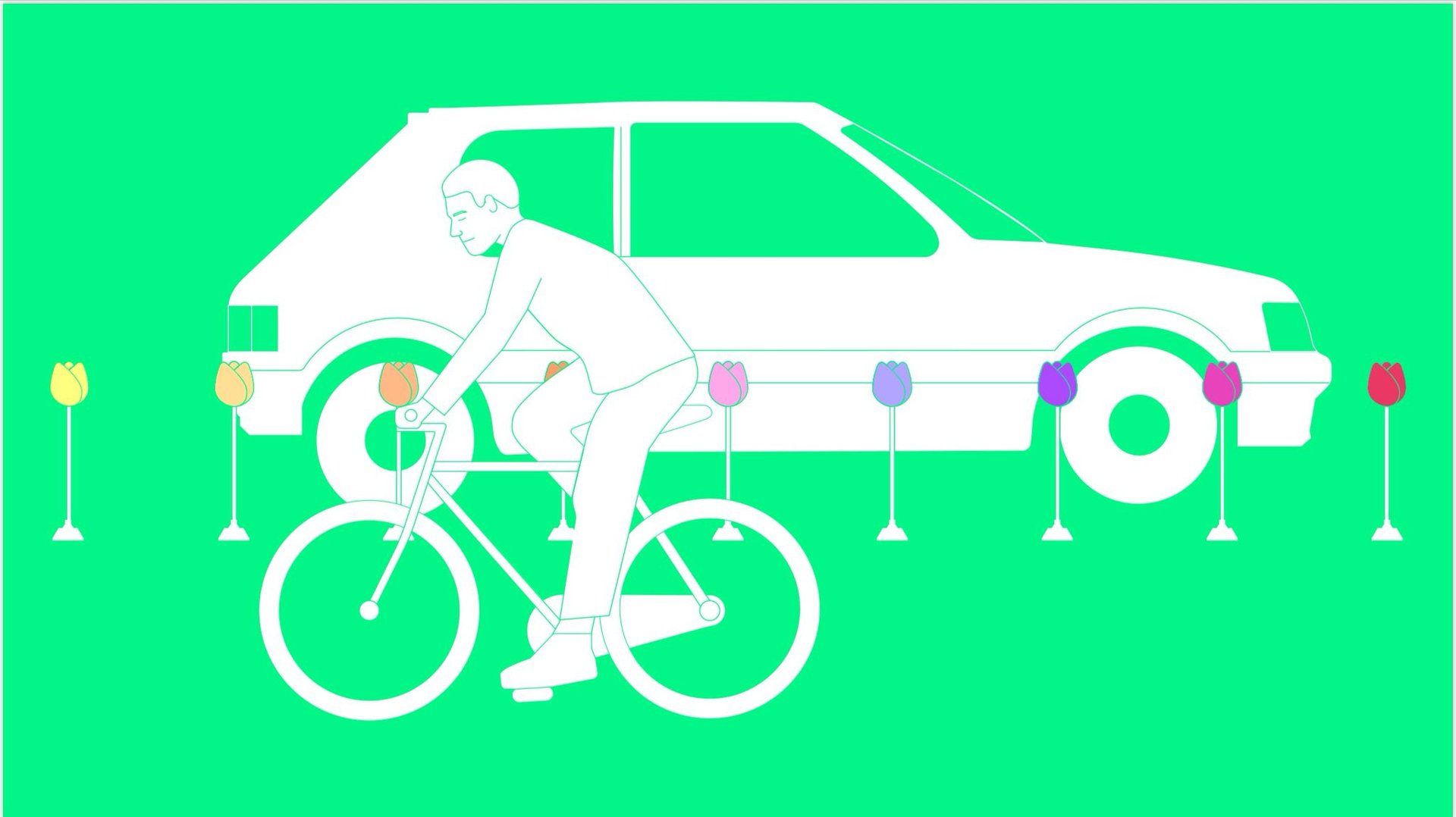
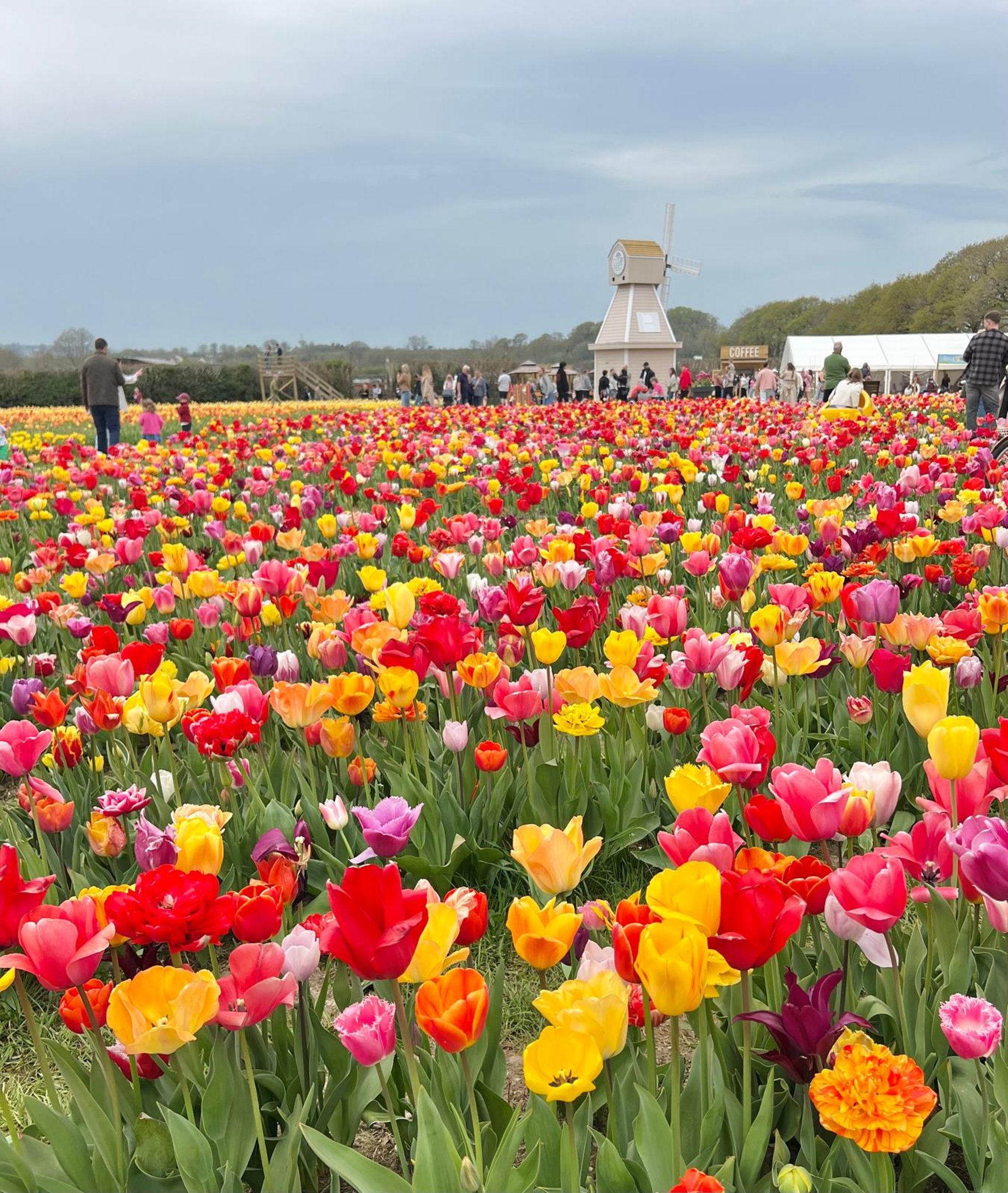

a safer, more colourful city awaits
What’s the problem?
City streets can be hostile places for cyclists — especially those who are more vulnerable or less confident. In the UK, almost two cyclists are killed every week, and 75 more are seriously injured. Most of these collisions involve cars or lorries on busy urban roads.
The safest way to protect cyclists is with proper separation, dedicated cycle lanes. But painted lines aren’t enough. We need physical protection.
The problem? Traditional black-and-white bollards are clunky, often bent or broken, hard to maintain, and easy to crash into. They clutter the streets and can be just as dangerous as the traffic.


So what’s the solution?
Tulip Cycle Wands
Tulips bring safety and joy to the street. Bright and playful, they clearly mark the cycle lane and stand out from the grey road, helping drivers and cyclists see and respect the space.
And they’re not just pretty.
Tulip Cycle Wands are engineered for safety. Their lightweight stems and soft heads bend when brushed, then bounce back. No sharp edges, no rigid posts, just a gentle nudge if you get too close.


it’s time for
the Tulips
How are they made?
Each colourful Tulip head is made from recycled plastic, collected from local waste. Cities can turn their waste into something useful, supporting active travel, improving safety, and tackling the climate emergency at the same time.

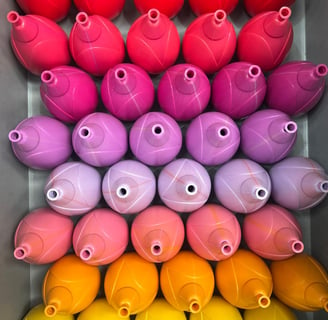




waste plastic into colourful tulips
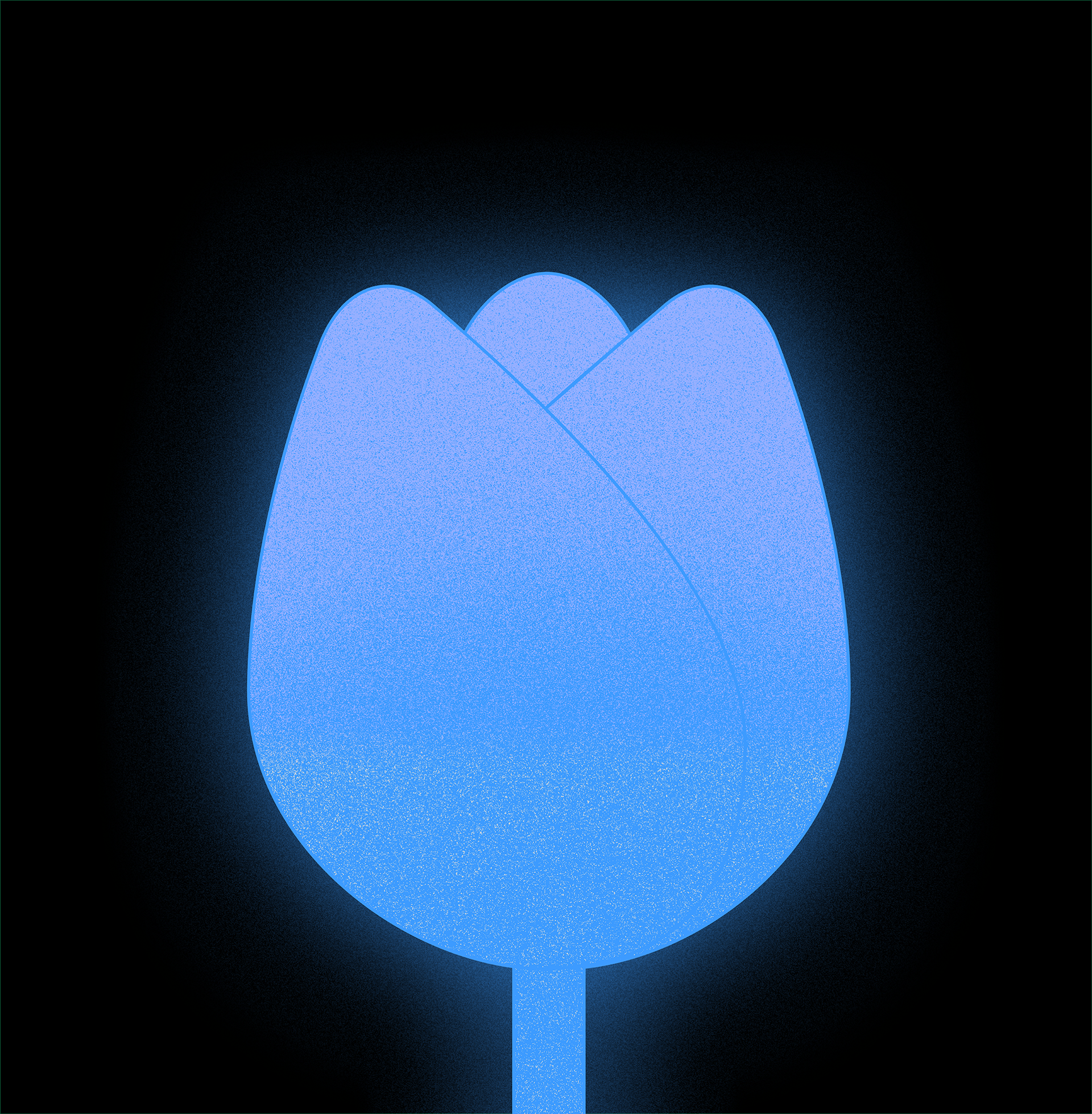
flower power

Where are they being installed?
Now, in partnership with the City of Westminster, we’re trialling the Tulips on the streets, the first of their kind in the world. This real world trial will show how they perform through all seasons, in all weathers.
They will then be monitored and if successful they will go into full production for use elsewhere.
The creators
Creators Luke and Tim we met at college with a shared love of cycling and architecture.
During the pandemic, cities painted pop-up cycle lanes, and many of us rediscovered the joy and freedom of urban cycling. What better way to explore a city than on two wheels? But when traffic returned, danger and fear did too and many bikes were put away again.
We want to change that. We set out to bring beauty and safety to our streets by planting flowers made from the city’s own waste.
Following an international ideas competition win in 2021, we’ve developed and tested the Tulip Cycle Wands with designers Pipsqueak and FM Conway, including crash tests with 30-tonne trucks.
Now they are ready to be planted in London's streets.
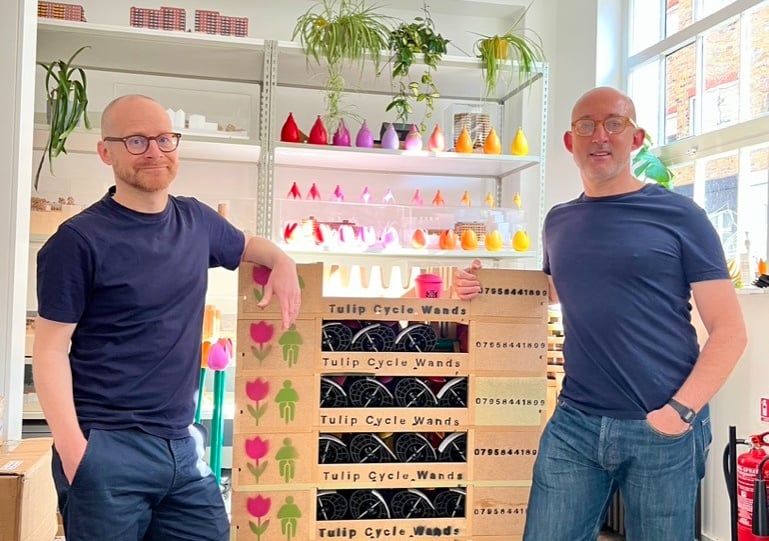

What do you think?
We’d love to hear what you think, so get in touch and tell us.
Let’s make cycling safer. Let’s make streets more joyful.
